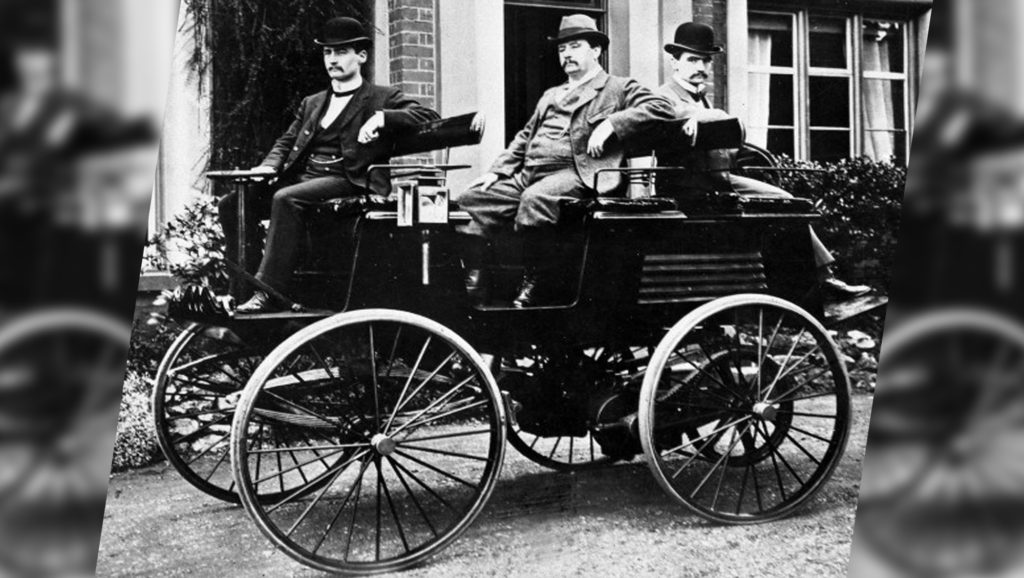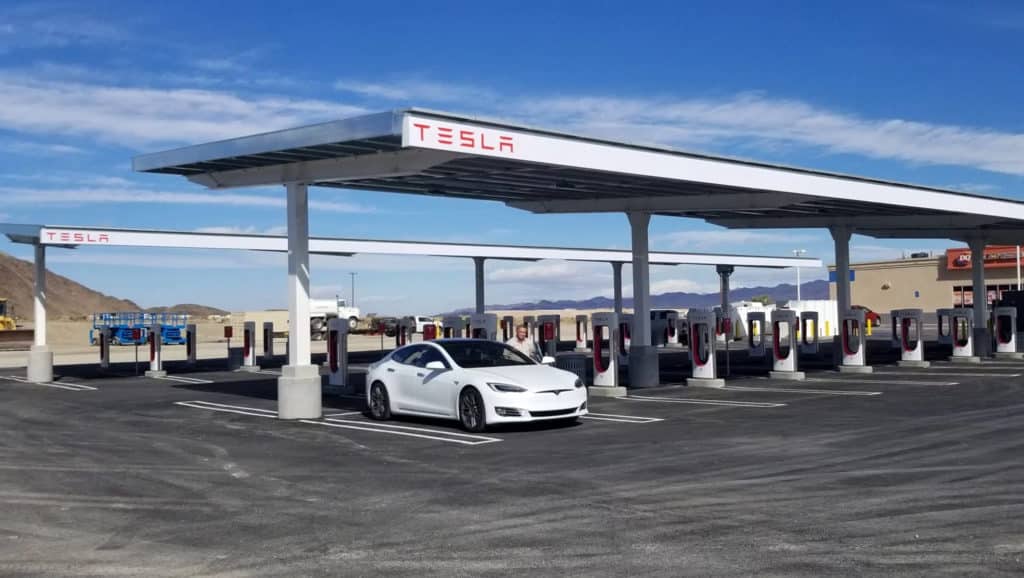An electric vehicle charging station is an equipment that connects an electric vehicle to a source of electricity to charge an electric car. EV charging stations are also known as electric vehicle supply equipment (EVSE) which you can find in public parking locations and at shopping centers. EV charging stations are either plugged into an outlet, or thoroughly installed on a wall.
EV charging evolution
First electric vehicles appeared in the middle of the 19th century. Initially they had disposable batteries which soon were replaced with recharging batteries. At the beginning of the 20th century, more than 30% of cars in the USA were powered by electricity. To charge your car, you could either charge it with batteries or the batteries had to be removed and charged somewhere else, and later mounted back. First compact electric vehicle charging stations for public use were set up in big cities of the United States by General Electric.

In the 1920’s fossil fuels, especially gasoline, became cheaper. Moreover, the roads were of better quality. All these factors made electric vehicles less popular. But it didn’t last long. With the global warming problems and air pollution becoming urgent, and other environmental and ecological disasters, electric cars “restored their glory”. Shortly, first EV charging stations appeared at homes.
Nowadays, there are new technologies for the development of the electric car industry. To start the charge of the vehicle, you should just connect the charging cable to the vehicle. Innovative solutions are the key to solving global problems. Next generation wireless electric car charging stations are even capable of charging the EV batteries wirelessly over a magnetic field. They transfer electrical energy through magnetic waves between the grid or a transmitting pad on the ground and the electric car to charge the battery. Still, the most exciting technological challenges of the EV industry are, undoubtedly, the batteries. They have become lighter and more competitive.
There are three main types of EV charging stations.
Level 1 charging stations use a 120 volt (V), alternating-current (AC) plug and require a dedicated circuit. They offer about 5 miles of range for every hour of charging.
Level 2 stations charge through a 240V, AC plug. They need home charging or public charging equipment to be installed. These stations offer 10 to 20 miles of range for every hour of charging.
Level 3 charging stations, also called DC fast chargers, use a 480V, direct-current (DC) plug. They provide up to 40 miles of range for every 10 minutes of charging.
The Public EV Charging Value
With the rising number of electric vehicles and public charging stations throughout the United States, it has become easier to drive long distances in an electric car. The EV infrastructure and end-customer solutions are working to keep up.

The main roles of EV value chain have:
- Charge point operators who run and maintain the station. CPOs have financial and technical tasks, and it is not obligatory for them to own the infrastructure.
- Mobility service providers whose role is to provide to the end customers as many charging station points and access as possible. It is a software-based business that includes offering additional services via the customer interface.
- eRoaming platforms who act as aggregators connecting CPOs and MSPs.
EV Charging Stations In Los Angeles
Public charging stations are usually owned or operated by private charging companies, utilities, and the local government.

You can find many electric vehicle charging stations in sunny California state. In many cities including San Francisco, Los Angeles more than 20,000 charging stations are installed. The most number of charging stations, about 2,000 stations, are located in Los Angeles.
California is also the leader in the number of Tesla Superchargers in the United States. In Los Angeles you can find 10 Tesla Superchargers and more than 50 Tesla Destination chargers.
Author of a publication: Irene Abgaryan

